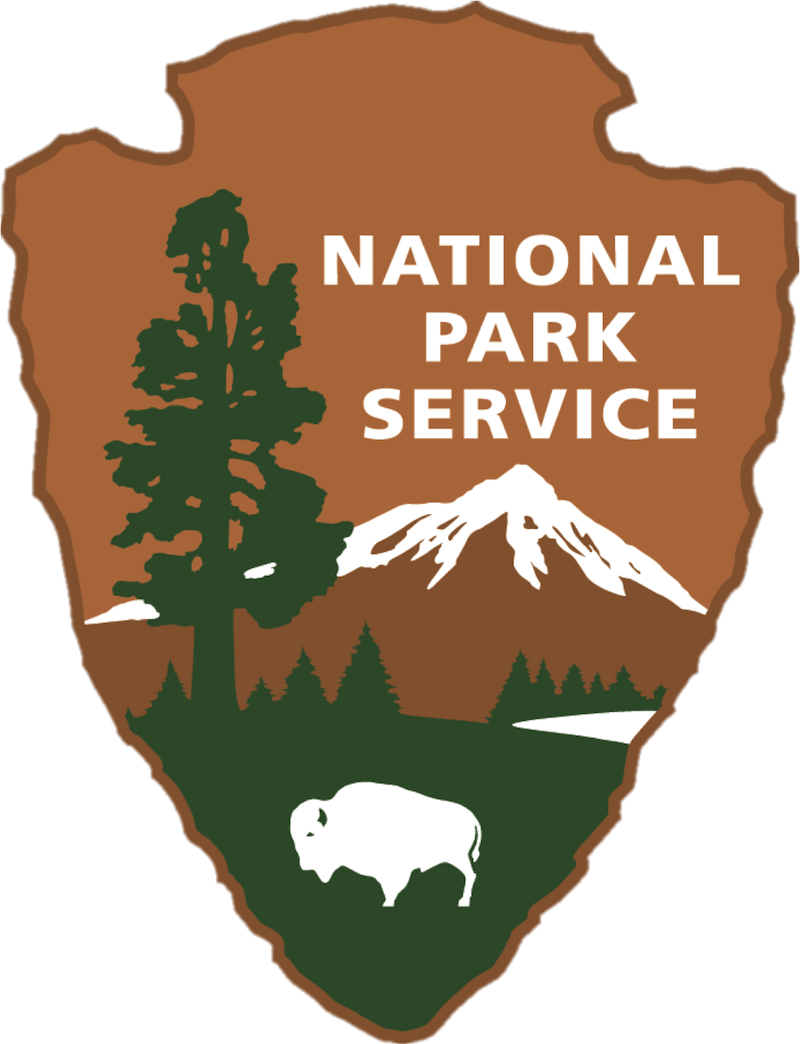
The river weaves through towering trees, the quiet splash of the water mixing with the birds chirping above, becoming the soundtrack to the peace in Cuyahoga Valley National Park located near Cleveland, Ohio.
There are 63 national parks around the United States, over 85 million acres of land to protect for the National Park Service (NPS). National parks are places around the country that are designated by Congress to be protected in order to preserve natural or historic features. The goal of the NPS is to keep the land it protects unimpaired while also offering visitation opportunities.
Upper Arlington High School science teacher Matt Long has explored national parks for many years.
“I’ve been to four or five [national parks.] I went this past summer to Acadia with my whole family, and it was really cool, getting to see it and give my children that experience,” he said.
On Feb. 14, federal downsizing began to affect U.S. national parks. Around 1,000 workers were laid off in February, which is 5 percent of the workforce. The Trump administration has stated that the cuts won’t stop there, with mass terminations promised.
The funding cuts for the national parks are a result of the new Department of Government Efficiency, which aims to cut federal spending by reducing the budgets and workforces of numerous federal agencies, including the NPS. The most recent effect the parks have seen is people who haven’t worked at the parks for more than a year, also known as probationary employees, being suddenly laid off.
“This is an attempt by the current administration to reduce the size of the federal government. They’ve been making decisions around laying off staff that, in my opinion and I think in the opinion of many who care about national parks, is hitting us quite hard,” Deb Yandala said, President and CEO of the Conservancy for Cuyahoga Valley National Park.
The Conservancy for Cuyahoga Valley National Park was founded in 1994 with the mission of supporting and preserving the land. The conservancy mainly focuses on bringing private funding to the national parks and providing educational opportunities and programs for the public.
Yandala has been the conservancy CEO for 23 years and has been working with the park service for 32.
“I’ve never seen [this before]. There have been cuts and freezes, but not in this way where a class of employees loses their job. It usually gets thought out, and it makes sense why those positions [being cut] may not be necessary, but this is hitting us quite hard because of the almost random nature of it,” she said.
Yandala first became interested in working with the national parks after she realized she could turn her love of nature into a career.
“I really have always loved the outdoors, and I believe that nature is healthy for us and one of the best places that we learn,” she said.
The sentiment was echoed by UAHS freshman Libby Mark.
“[Nature] is really calming, it’s nice to disconnect, like if I go camping I’ll just put my phone away and chill out,” she said.
However, Mark enjoys the beauty and unpredictability of nature as well, and has visited a few of the national parks.
“Yellowstone was really cool, the geysers were super cool to see and I remember looking at these grizzly bears up really close. Glacier was so cool, it was gorgeous, there’s a lot of good hiking trails. We saw like seven whales or something,” Mark continued, “Downsizing [national parks] is a shame. I think they’re really educational, it’s a really great resource,” she said.
Yandala reinforced this statement, also noting that a lack of resources is not a problem unknown to the parks.
“I think it’s important the public knows and understands that our national parks have been underfunded for years while visitation has increased, and that’s well documented. I know our park has struggled for years with trying to keep up with increased workload due to increased visitation, and then [for the government] to come and cut park staff like this, it’s not a way to reduce government. What it really does is damage the public’s experience in our national parks,” Yandala said.
While the plan for the future of national parks is unclear, Yandala urges the people of Ohio to support them.
“We appreciate people reaching out, and even if they’re not voting yet, to still alert members of Congress that people care about parks. If people are close to the park, they can volunteer. Then I ask people to financially support the work [the conservancy is] doing, because we’re going to try where we can to step in and help keep our parks safe,” she said.
Both the Conservancy for Cuyahoga Valley National Park and the National Park Service are accepting donations and volunteers and urge people to visit and explore what the parks have to offer. “There’s just so much out there and they’re all so different, I think it’s a lifelong journey. There’s so much to see, and I want to keep exploring,” Long said.
